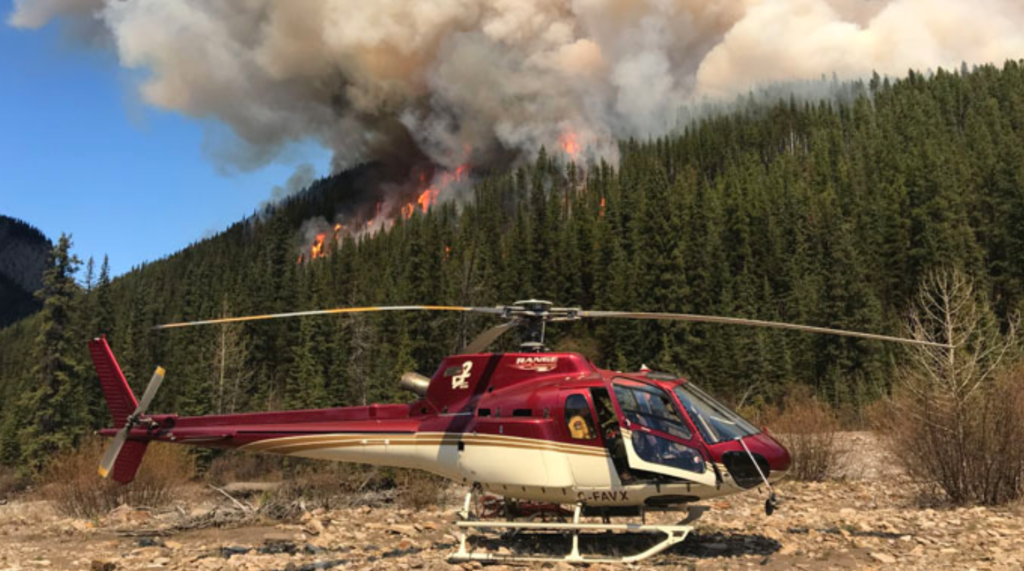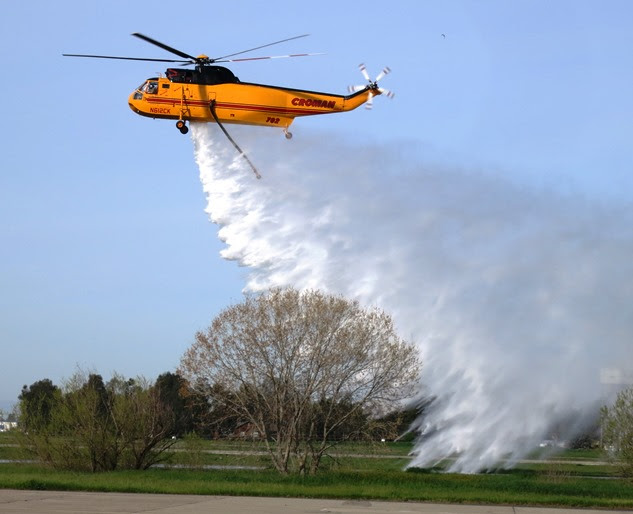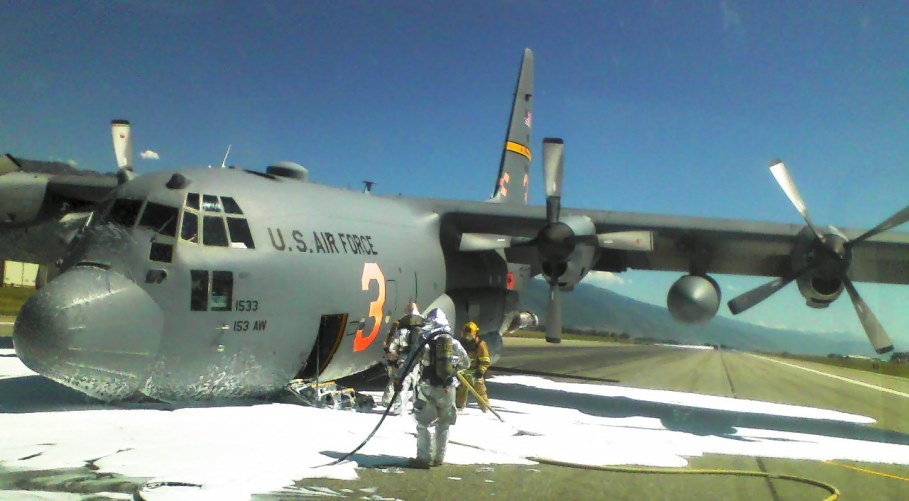The Transportation Safety Board of Canada (TSB) has wrapped up its investigation into a hard landing on May 4 of an Airbus Helicopters AS350 B2. A Global News report back in May said the pilot walked away with minor injuries after he made a hard landing at the Edson Airport in western Alberta.
The Royal Canadian Mounted Police said officers were called just after 8 p.m. to the airport, about 180 kilometres west of Edmonton in Yellowhead County. The helicopter was helping fight wildfires; forestry officials also responded to the airport, along with emergency crews. The Transportation Safety Board of Canada was notified and planned to investigate.
The helicopter, registered to Range Helicopters Inc., was approaching the Edson Airport from a firefighting staging area to the east, according to a report by CTV News out of Edmonton.

According to the TSB report, as the helicopter approached from the east, another aircraft was approaching from the west. The pilot decided to change his typical route to the airport and approached from downwind and to the north of the runway. As the pilot neared the airport and reduced speed, he noticed a pair of airtankers at the fire base. Not wanting to overfly them, he slowed down even more, and the helicopter began an uncontrolled descent.
“The pilot applied collective to reduce the rate of descent; however, the rate of descent increased,” the report said. “This scenario is consistent with a vortex ring state (VRS).”
A VRS, sometimes called “settling with power” in the U.S., is a dangerous aerodynamic condition that can occur in helicopter flight when a vortex ring system engulfs the rotor and causes loss of lift. The helicopter hit the ground hard and flipped quickly onto its starboard side.
The pilot, who walked away with just minor injuries, held a commercial license and was up-to-date, including training for VRS.
In the seven days leading up to the incident, he had worked a total of 85.5 duty hours including 46.6 flight hours, but investigators do not believe that fatigue was a factor.
The report highlights the importance of approach planning and power management, especially when approaching a landing site from downwind. “It is critical that helicopter pilots remain aware of and avoid flight conditions that can cause VRS to develop,” it said. “Any potential time saved by attempting a downwind approach must be carefully weighed against the risk that it may represent.”




